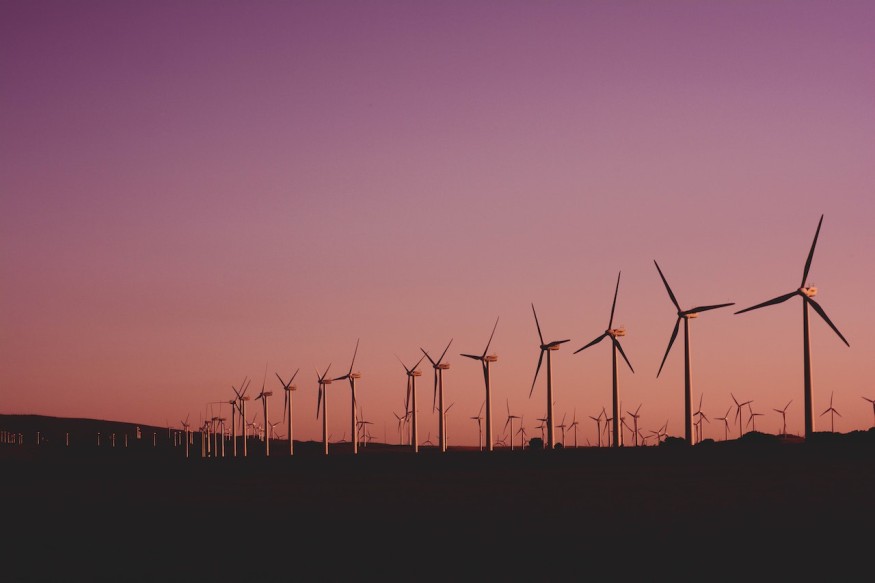Despite its potential, wind energy has not cleared up pollution from the atmosphere. This is especially true in low-income areas, according to the Verge.
The wind power boom throughout the US has already brought healthy benefits that go as high as billions' worth of dollars. However, this hasn't reached communities reportedly battling air pollution most severely.
These were noted in a study published in Science Advances. The good thing is that these realities can be changed if new wind power endeavors are executed and deployed more strategically.

The Trend of Wind Energy in the US
In the last 20 years, wind power has remarkably grown from taking up less than 0.5% of electricity mixes in the US. Now, it takes up nearly 10%.
The Verge notes that in 2014, larger wind power significantly boosted air quality. According to a recent study, this has led to immense health benefits across various states. However, only roughly 32% of these benefits were accessed by low-income areas. Moreover, only 29% reached ethnic minorities.
$2 Billion Worth of Health Benefits Come From Clean Air
According to the US Energy Information Administration, wind energy is less detrimental to the environment than other energy sources. Though there are exceptional cases, wind turbines do not expel emissions that cause pollution in both air and water. They also decrease the quantity of electricity generated from fossil fuels. This, in turn, leads to reduced air pollution and CO2 emissions.
The Biden administration aims to ensure that 40% of clean energy benefits get accessed by communities overpowered by pollution and poor air quality.
According to the study, these benefits are an issue between life and death. The Verge notes that they add some monetary value to deaths that are stopped by the sanitizing of air. It was estimated that wind power led to $2 billion worth of health benefits in such a case. This was fostered by renewable energy criteria that were established by numerous states.
Ever since the Clean Air Act was declared in 1970, the United States has seen remarkable improvements in air quality. However, there is still remarkable progress to make. In fact, the Verge notes that over 137 million Americans stay in areas that have poor pollution rates based on the American Lung Association's analysis.
The study notes how adding wind farms has reduced the disparity in air quality across certain areas. However, it has also fueled stronger pollution imbalances across other locales.
The research further mentions that in order to optimize health benefits, wind farms must intentionally take over gas and coal plants. Moreover, to sanitize the areas with the highest pollution, there needs to be a focus on deploying more renewable energy programs.
According to the research team, if planners focus on replacing detrimental plants with wind farms, the $2 billion benefits may multiply by $8.4 billion. However, there should be intentional and targeted efforts to make sure that those who need these benefits get to access them.
Check out more news and information on Environment and Climate in Science Times.
© 2025 ScienceTimes.com All rights reserved. Do not reproduce without permission. The window to the world of Science Times.












